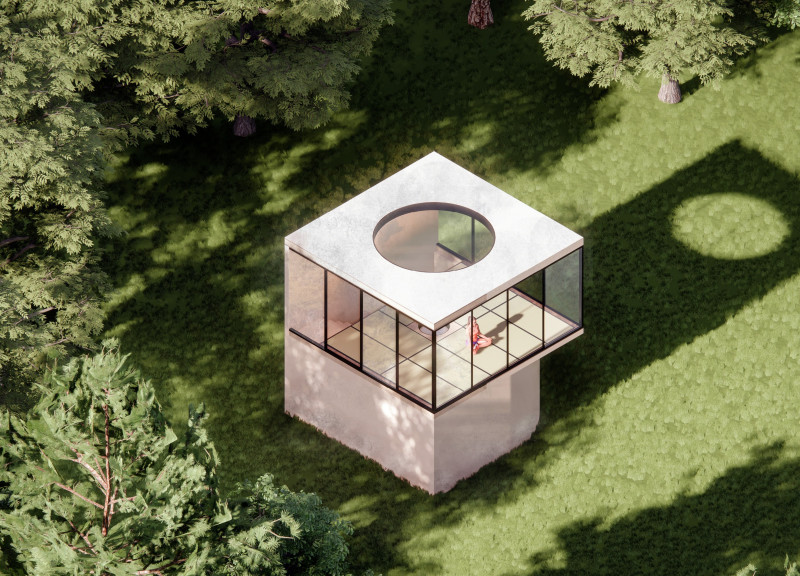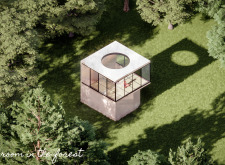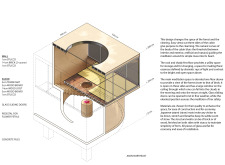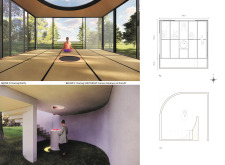5 key facts about this project
At its core, the project serves [describe the primary function, such as residential, commercial, mixed-use, etc.], designed to accommodate the diverse activities that characterize urban life. The architecture is meticulously planned to cater to both individual and communal needs, providing spaces that foster interaction and engagement among users. This pragmatic approach to functionality emphasizes the importance of architecture as a facilitator of social connectivity, ensuring that the design is not only a backdrop but an integral part of everyday life.
Key elements of the project include [describe important architectural features], which are carefully executed to enhance both aesthetic appeal and usability. The layout of the building is efficiently organized, with public spaces such as [mention specific areas, like lounges or gathering spaces] strategically placed to invite collaboration and interaction, while more private areas, like [mention private spaces such as offices or residences], offer comfort and seclusion when needed. This thoughtful zoning supports a fluid movement throughout the space, encouraging users to seamlessly transition from one area to another.
Materiality plays a pivotal role in conveying the project's identity. The thoughtful selection of materials, which includes reinforced concrete, glass, wood, steel, and stone, fosters an honest dialogue with the local environment. Reinforced concrete provides a robust structure that allows for innovative forms and configurations, while expansive glass facades create transparency and connect the interior spaces with the outdoor landscape. The incorporation of wood adds warmth and a natural feel, resonating with contemporary trends toward sustainability. Steel elements are utilized for their strength and flexibility, enabling wide spans that enhance the spatial experience. Stone accents ground the building aesthetically, offering a timeless quality that links the architecture to its geographical roots.
The design approach taken in this project is notable for its [discuss unique aspects of the design], establishing a connection that transcends mere physicality. This is evident in features such as [mention unique design strategies or innovative solutions that address environmental sustainability or user experience]. These design strategies reflect the increasing emphasis on ecological responsibility in modern architecture, showcasing how the project contributes to the broader discourse on sustainable practices within the built environment.
Furthermore, this project is characterized by its engagement with the community. The architectural design includes features that promote accessibility and inclusivity, inviting a diverse range of users to experience the space. Whether through landscaped areas for leisure or multifunctional rooms designed for events and activities, the architecture is keenly aware of its social responsibilities.
As one explores the intricacies of this architectural project, they are encouraged to delve deeper into its presenting elements, such as architectural plans, architectural sections, architectural designs, and architectural ideas that clarify the vision behind this endeavor. Each drawing and design decision reflects a commitment to enriching not just the physical landscape, but the community it serves. For those interested in understanding how architecture can create meaningful spaces, further investigation into this project will reveal an abundance of insights and thoughtful design that resonate with contemporary needs.

























